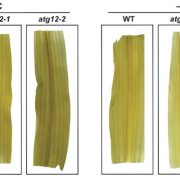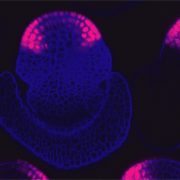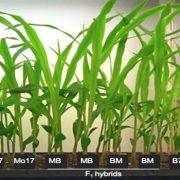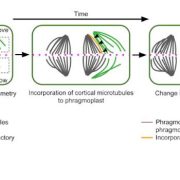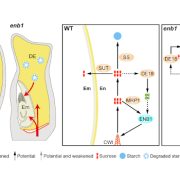Casting light on maize inflorescence development under shade
By Dexin Kong1, Qing Liu1 and Haiyang Wang1,2
1State Key Laboratory for Conservation and Utilization of Subtropical Agro-Bioresources, South China Agricultural University, Guangzhou 510642, China.
2Guangdong Laboratory for Lingnan Modern Agriculture, Guangzhou, 510642, China.
Background: Maize inflorescence development is a major determinant of grain yield. Increasing planting density is an effective means to increase maize yield by increasing the number of ears harvested. However, high-density planting could lead to abnormal inflorescence development, resulting in reduced grain yield per plant. The regulatory networks of maize inflorescence development in response to high-density planting remain poorly understood.
Questions: How do maize plants perceive and respond to shade signals? How is inflorescence development altered in response to shade? What are the regulatory networks that reprogram the developmental time course of the inflorescence in response to shade?
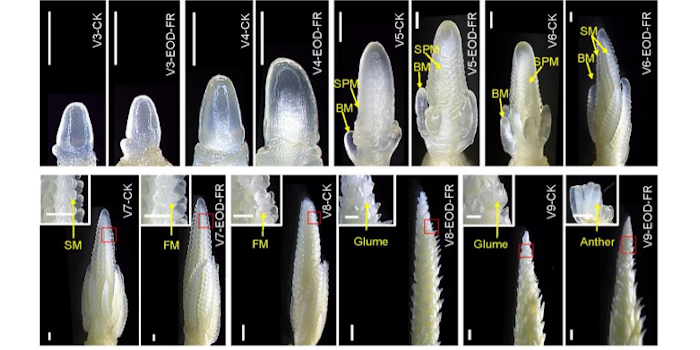
Findings: We compared the gene expression changes that occur during male and female inflorescence development under simulated shade treatments and normal light conditions. We identified a large set of genes that are co-regulated by developmental progression and simulated shade treatments. These genes are enriched in plant hormone signaling pathways and transcription factors. Through network analysis, we demonstrated that three homologous SPL transcription factors (UB2, UB3, and TSH4) act as a central regulatory node that controls maize inflorescence development in response to shade. Loss-of-function mutants lacking these transcription factors exhibited reduced sensitivity to simulated shade treatments. We experimentally verified that BIF2 (encoding a key regulator of auxin signaling) and ZmTCP30 (encoding a transcription factor) are direct targets of UB2/UB3/TSH4, and that they act downstream of UB2/UB3/TSH4 to regulate maize inflorescence development. Our results unravel a regulatory network centered on UB2/UB3/TSH4 that functions in the transcriptional reprogramming of inflorescence development in response to shade.
Next steps: We plan to identify additional targets of UB2/UB3/TSH4 for functional studies and look for their shade-tolerant elite alleles for molecular breeding of high-density tolerant maize cultivars.
Dexin Kong, Changyu Li, Weicong Xue, Hongbin Wei, Hui Ding, Guizhen Hu, Xiaoming Zhang, Guisen Zhang,Ting Zou, Yuting Xian, Baobao Wang, Yongping Zhao, Yuting Liu, Yurong Xie, Miaoyun Xu, Hong Wu, Qing Liu and Haiyang Wang. (2023). UB2/UB3/TSH4-anchored transcriptional networks regulate early maize inflorescence development in response to simulated shade https://doi.org/10.1093/plcell/koac352


